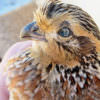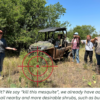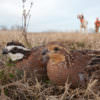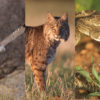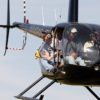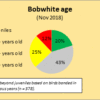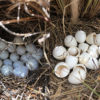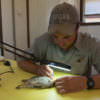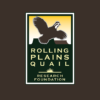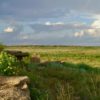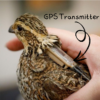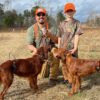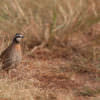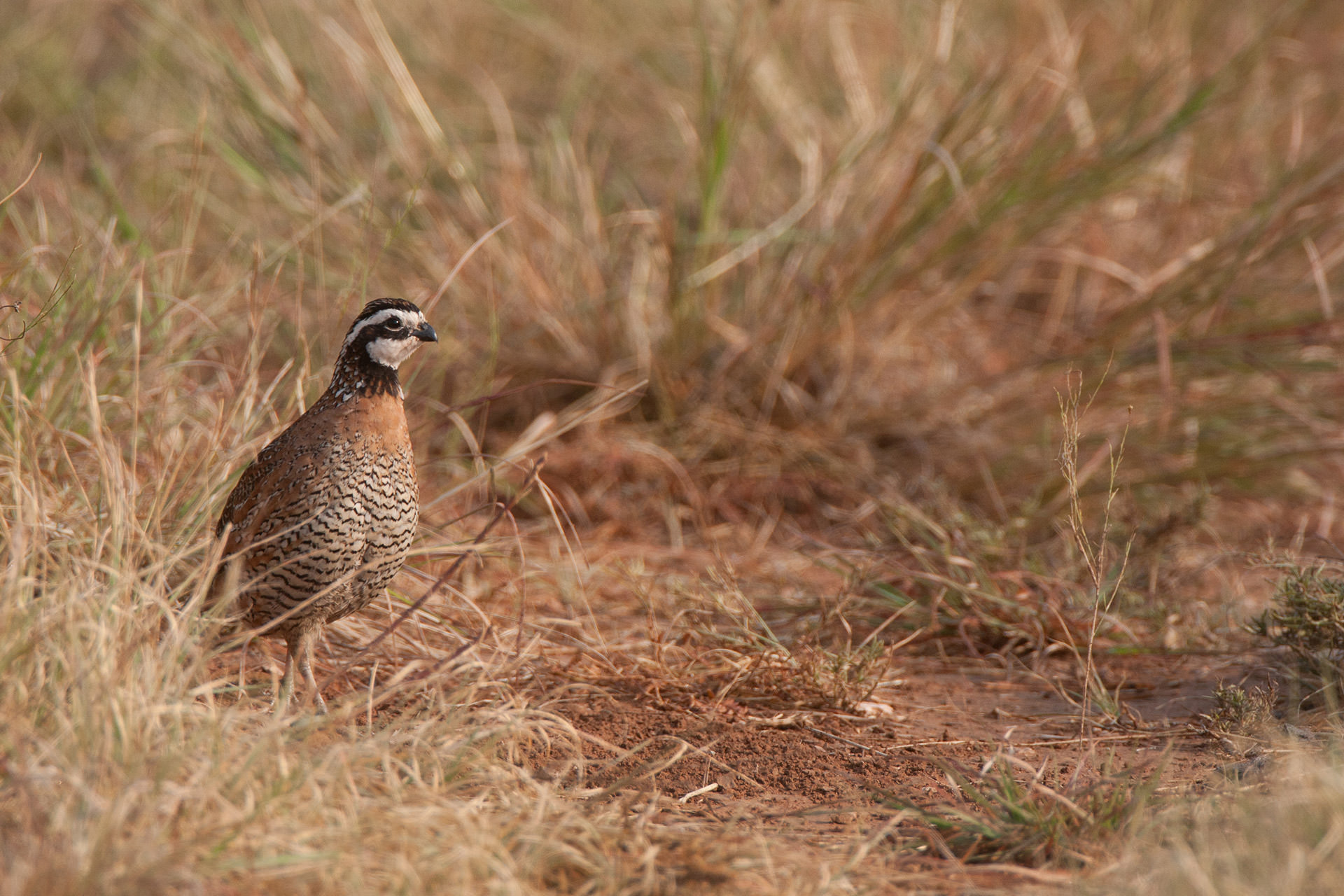
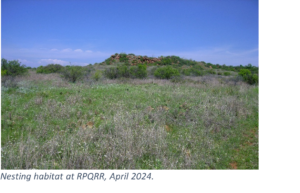 Bobwhite quail are ground-nesting birds, meaning they build their nests on the ground rather than in trees or shrubs. This preference for ground nests shapes their habitat requirements significantly. In Texas, bobwhites inhabit grasslands, shrublands, and early successional habitats which provide the necessary cover and structure for nesting. These habitats are characterized by a diverse mix of grasses, forbs, and low-growing shrubs, creating a dense and protective environment for nesting bobwhites.
Bobwhite quail are ground-nesting birds, meaning they build their nests on the ground rather than in trees or shrubs. This preference for ground nests shapes their habitat requirements significantly. In Texas, bobwhites inhabit grasslands, shrublands, and early successional habitats which provide the necessary cover and structure for nesting. These habitats are characterized by a diverse mix of grasses, forbs, and low-growing shrubs, creating a dense and protective environment for nesting bobwhites.
One of the key elements of suitable nesting habitat is adequate ground cover. Dense vegetation, such as native grasses and forbs, offers concealment and protection from predators. The presence of woody shrubs and brushy areas nearby provides overhead cover, shielding nests from aerial predators like hawks and ravens. Bobwhites often select nest sites protected within the cover of vegetation, such as at the base of grass clumps or beneath low-hanging branches, where they can remain hidden and undisturbed.
The structure and composition of the habitat play a crucial role in determining its suitability for nesting. Bobwhites prefer habitats with a mosaic of vegetation types, including patches of dense cover interspersed with more open areas. This variation in habitat structure allows for a diversity of nesting sites and provides suitable conditions for foraging and brood-rearing activities following the hatching of chicks. And, for unknown reasons, quail have a tendency to nest “near” roads.
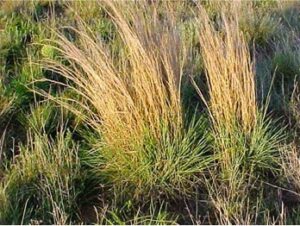 Several native species of grasses stand out as preferred nesting sites for bobwhite quail. These grasses provide the structural integrity and concealment necessary for successful nesting, playing a vital role in shaping their preferred nesting habitat. We recommend a density of about 300 suitable grass clumps/acre.
Several native species of grasses stand out as preferred nesting sites for bobwhite quail. These grasses provide the structural integrity and concealment necessary for successful nesting, playing a vital role in shaping their preferred nesting habitat. We recommend a density of about 300 suitable grass clumps/acre.
- Little Bluestem (Schizachyrium scoparium): Little Bluestem is a native warm-season grass that thrives in a variety of habitats across Texas, from prairies to open woodlands. Its distinctive bluish-green foliage and reddish-brown seed heads make it easily recognizable in the landscape. Little Bluestem is favored by bobwhite quail for nesting due to its dense growth habit and “rolling” leaves, which provide excellent cover and protection. Quail often select nest sites within the clumps of Little Bluestem, where they can remain hidden from predators while incubating their eggs and raising their young.
- Sideoats Grama (Bouteloua curtipendula): Sideoats Grama is another native warm-season grass that is sometimes used for nesting. This grass species is characterized by its distinctive oat-like seed spikes that hang from one side of the stem, hence its name. Sideoats; it forms dense tufts of fine-textured foliage, creating ideal nesting habitat for quail. Sideoats Grama is drought-tolerant and well-adapted to the hot and dry conditions prevalent in many parts of Texas, making it a good candidate for nesting habitat in arid regions.
- Silver bluestem (Bothriochloa saccharoides): Silver bluestem is a warm-season grass species that is commonly found across the Rolling Plains. Silver Bluestem is easily identified by its striking silver-white cottony inflorescence. It usually grows from a semi-prostrate base with no rhizomes. Its stems bend at each of its nodes. Some folks claim the crushed seedhead smells like “Fruity Pebbles.” Silver bluestem comprises all or Part of most of our bobwhite nests at RPQRR.
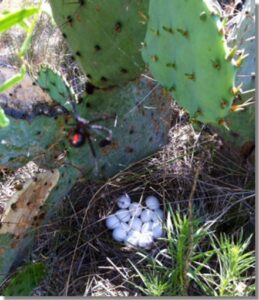 While grasses play a significant role in providing nesting habitat for bobwhites, shrubs also contribute to the structural diversity and complexity of quail habitat in Texas. Several species of Yucca (Yucca spp.) and prickly pear cactus (Opuntia spp.) provide exceptional nesting habitat especially when juxtaposed with warm-season clumping grasses like those listed above.
While grasses play a significant role in providing nesting habitat for bobwhites, shrubs also contribute to the structural diversity and complexity of quail habitat in Texas. Several species of Yucca (Yucca spp.) and prickly pear cactus (Opuntia spp.) provide exceptional nesting habitat especially when juxtaposed with warm-season clumping grasses like those listed above.
Several conservation strategies are employed to enhance nesting habitat for bobwhites across Texas. Habitat restoration efforts focus on repairing native grasslands, improving vegetative diversity, and implementing prescribed burning to maintain open spaces and promote the vigor of desirable plant species. Landowners and conservation organizations often collaborate to implement habitat management practices such as brush management, rotational grazing, and the establishment of wildlife corridors to connect fragmented habitats and facilitate movement of quail populations. by Dr. Dan Foley III

